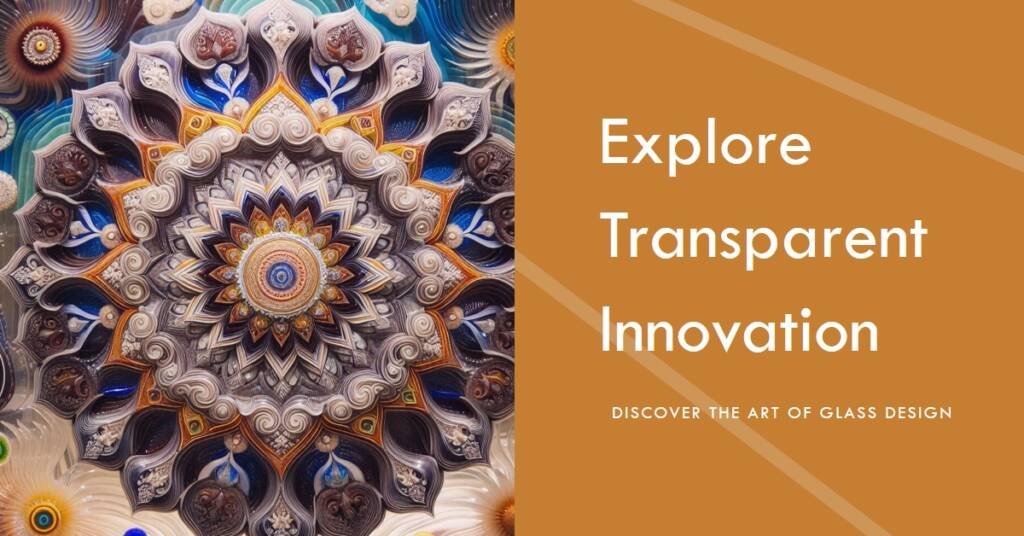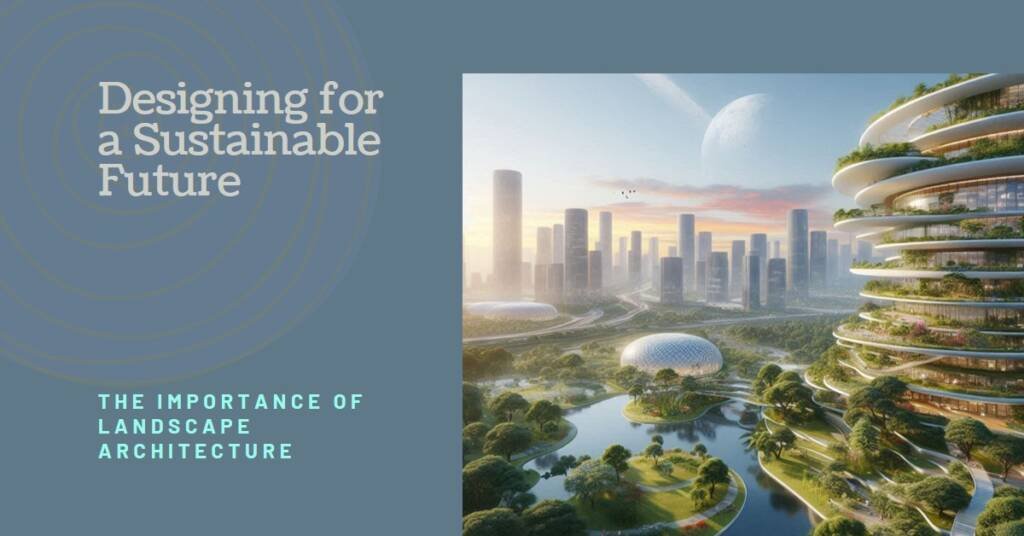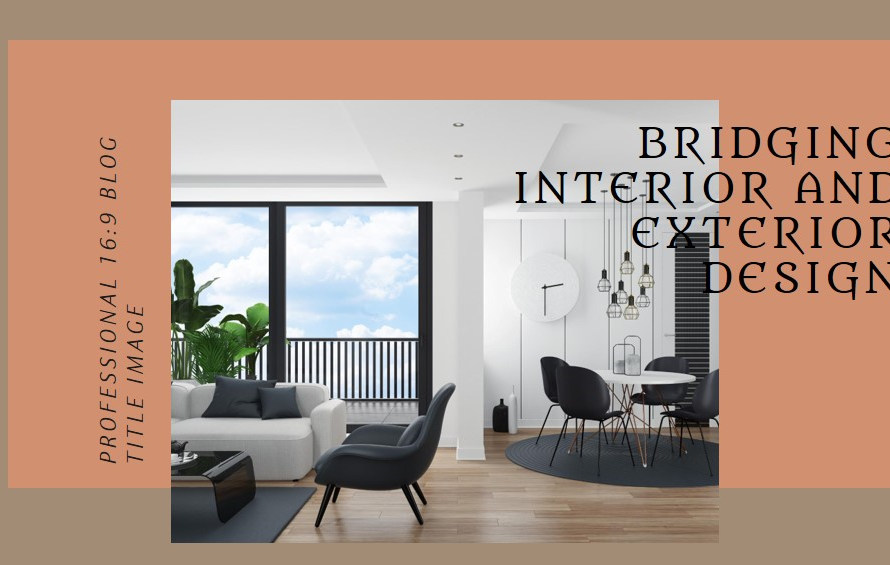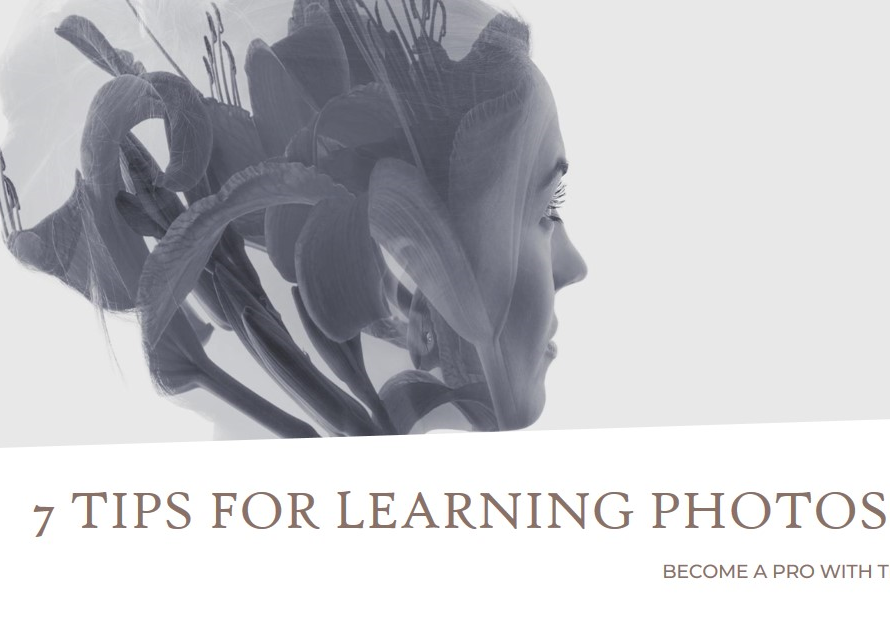
Table of Contents
- Introduction to the Corning Museum of Glass
- Who is Thomas Phifer?
- The Vision Behind the Museum’s Expansion
- Architectural Features of Phifer’s Design
- Sustainability in Design
- The Role of Light and Space in Glass Art
- Community Engagement and Educational Programs
- Exhibitions and Installations Curated by Phifer
- Conclusion
Introduction to the Corning Museum of Glass
The Corning Museum of Glass, established in 1951, is globally recognized as a principal institution dedicated to the art, history, and science of glass. Located in Corning, New York, the museum serves an essential role in preserving the rich heritage of glass-making while also promoting innovative practices within the field. Its mission centers on inspiring a passion for glass, whether through showcasing historical artifacts or highlighting contemporary artworks.
At the heart of the museum lies an extensive collection comprising over 50,000 objects that span 3,500 years of glass history. This remarkable range captures the evolution of glass from ancient artifacts to modern masterpieces, solidifying the museum’s significance as both an educational resource and a scientific institution. Visitors can marvel at glassworks from ancient Rome and Renaissance Venice, as well as contemporary pieces created by some of the most notable glass artists worldwide.
In addition to its impressive collection, the Corning Museum of Glass emphasizes educational programs that cater to individuals of all ages. These programs encompass hands-on workshops, lectures, and demonstrations, making the museum a vibrant hub for learning. Such initiatives aim not only to educate visitors about the historical context of glass but also to introduce them to the techniques and innovations driving contemporary glass art. The museum fosters a community of artists, scholars, and enthusiasts, encouraging collaboration and exploration within the glass medium.
Moreover, the museum frequently hosts exhibitions that showcase the talents of contemporary glass artists, further bridging the historical with the modern. These exhibitions provide a platform for artists to display their work, engage with the public, and push the boundaries of glass as an artistic medium. Through its dedication to education, collection preservation, and artist support, the Corning Museum of Glass plays a pivotal role in the ongoing dialogue surrounding glass art and its future.
Who is Thomas Phifer?
Thomas Phifer is a prominent American architect recognized for his innovative and sustainable approach to architecture. Born in 1954 in the state of North Carolina, Phifer developed an early interest in design, which led him to pursue a Bachelor of Architecture degree from North Carolina State University. Following his undergraduate studies, he honed his skills and furthered his education by earning a Master of Architecture degree from the prestigious University of California, Berkeley. This solid educational foundation laid the groundwork for his distinguished career in architecture.
After completing his studies, Phifer worked with several esteemed architectural firms, including Richard Meier & Partners Architects. His experience in these environments allowed him to develop a unique design philosophy that emphasizes the harmony between architecture and nature. In 1997, he founded his own practice, Thomas Phifer and Partners, which has since garnered numerous accolades and awards, highlighting his impactful contributions to contemporary architecture.
Phifer’s portfolio encompasses a diverse array of projects, ranging from residential houses to cultural institutions. Notable works include the design of the Salt Point House, known for its striking connections to the surrounding landscape, and the acclaimed Glass House project, which beautifully integrates transparency and function. His mastery in blending indoor and outdoor spaces has defined his architectural voice and set new standards for environmentally-responsive designs.
Phifer’s talent has not gone unrecognized; he has received multiple awards throughout his career, including the prestigious National Design Award in Architecture from the Cooper Hewitt, Smithsonian Design Museum. As an influential figure in modern architecture, Thomas Phifer’s commitment to innovative design continues to inspire future generations while embodying a deep respect for the environment. His involvement with the Corning Museum of Glass illustrates his dedication to advancing the intersection of artistry and architectural innovation.
The Vision Behind the Museum’s Expansion
Thomas Phifer, a distinguished architect known for his innovative approaches, undertook the significant task of expanding the Corning Museum of Glass with a vision that intricately blended architecture and the exquisite artistry of glass. This expansion was not merely a physical enlargement of the museum space; it represented a profound enhancement of the visitor experience and a reimagining of how art and architecture coexist. Phifer’s design philosophy was rooted in the belief that architecture should serve the art it houses while fostering an environment conducive to contemplation and inspiration.
One of the fundamental aspects of Phifer’s vision was the seamless integration of natural light within the museum’s expanded areas. By employing large glass facades and strategically positioned skylights, he ensured that the artworks displayed could take advantage of the dynamic qualities of light throughout the day. This commitment to transparency and engagement with the surrounding landscape was not incidental; it symbolized the museum’s mission to celebrate glass as both an artistic medium and a scientific endeavor. The expansive use of glass ties into the museum’s identity, reinforcing the notion that light is a critical component in the appreciation of glass artworks.
Phifer’s design also reflected a sensitivity to the environment and the local context. He prioritized sustainability, often utilizing eco-friendly materials and energy-efficient systems in his architectural solutions. This approach resonates with the museum’s commitment to preserving the natural world, an appropriate alignment given the museum’s focus on glass—a material that has a long and storied history intertwined with human innovation and natural resources.
Through this expansion, Thomas Phifer not only enhanced the physical framework of the Corning Museum of Glass but also cultivated a deeper connection between visitors and the rich narratives that glass embodies, ultimately enriching the cultural landscape shaped by this remarkable institution.
Architectural Features of Phifer’s Design
Thomas Phifer’s design for the Corning Museum of Glass exemplifies architectural innovation, utilizing materials and structural techniques that not only enhance the aesthetic appeal but also elevate the display of glass art. The building showcases an intelligent integration of glass, steel, and concrete, creating a harmonious environment that reflects the artistry within. The extensive use of glass as a primary material serves to connect the indoor exhibitions with the outdoors, allowing natural light to flood the galleries. This not only illuminates the artworks but also creates an inviting atmosphere for visitors.
One of the striking architectural features of Phifer’s design is the building’s large cantilevered roof, which provides shade while simultaneously framing the exterior views. This structural innovation not only serves a functional purpose but also adds a sculptural quality to the museum’s silhouette. The roof’s overhang emphasizes the geometric shapes of the building, lending a modern yet timeless quality that resonates with the museum’s focus on glass art.
Additionally, the layout of the museum is carefully orchestrated to optimize the visitor experience. Phifer has employed an open floor plan that facilitates fluid movement throughout the exhibit spaces, encouraging exploration and interaction. This thoughtful arrangement allows glass pieces to be displayed in various contexts, fostering a deeper appreciation for their intricate details. Moreover, the strategic placement of windows provides vistas of the surrounding landscape, creating a dialogue between nature and the artistry showcased within.
Ultimately, Thomas Phifer’s architectural choices not only enhance the functional aspects of the Corning Museum of Glass but also create a cohesive experience for visitors. The integration of innovative materials and design elements ensures that the museum stands as a testament to the beauty of glass art while providing an engaging environment for all who visit.
Sustainability in Design
Thomas Phifer’s architectural vision for the Corning Museum of Glass demonstrates a strong commitment to sustainability, a principle that is becoming increasingly essential in contemporary design. Phifer meticulously incorporates eco-friendly practices into his designs, ensuring that the museum not only serves as a cultural landmark but also exemplifies environmental stewardship.
One of the most notable aspects of the expansion is the integration of natural light. By strategically positioning large windows and skylights throughout the structure, Phifer enhances the need for artificial lighting, thereby reducing energy consumption during daylight hours. This thoughtful approach not only minimizes the museum’s carbon footprint but also enriches visitors’ experiences by creating a vibrant and inviting atmosphere inside. Rainwater harvesting systems further illustrate Phifer’s dedication to sustainability; these systems collect and reuse water for irrigation, drastically reducing reliance on municipal water sources.
The use of sustainable materials is another hallmark of Phifer’s design philosophy. Local resources are prioritized, thus reducing transportation emissions and supporting local economies. For instance, the incorporation of recycled glass and other recyclable materials reflects a commitment to resource conservation. This choice aligns with the museum’s focus on glass as both an artistic medium and a material capable of pioneering sustainable practices in architecture.
Phifer’s design integrates energy-efficient systems, such as geothermal heating and cooling, optimizing the structure’s performance while addressing climate change concerns. This not only exemplifies a commitment to modern sustainable architecture but sets a benchmark for future projects within the industry. As a result, the Corning Museum of Glass stands as a model of innovation, showcasing how eco-conscious design practices can lead to sustainable advancements in architecture and urban development.
The Role of Light and Space in Glass Art
Thomas Phifer’s innovative design approach at the Corning Museum of Glass emphasizes the essential interplay between light, space, and the art of glassmaking. The strategic integration of natural and artificial light in the gallery spaces serves as a backdrop that enhances the visual impact of the exhibited glass artworks. This thoughtful consideration fosters a dynamic atmosphere, encouraging visitors to engage with the pieces in unique and transformative ways. The architects’ vision extends beyond mere functionality; it encapsulates the essence of glass as a medium that both reflects and refracts light, creating a mesmerizing visual dialogue.
In these meticulously designed spaces, natural light floods through skylights and expansive windows, casting an ever-changing palette of shadows and illumination that heightens the visual splendor of glass art. As sunlight shifts throughout the day, the artworks respond, unveiling different qualities and characteristics. Visitors are not only afforded a static viewing experience; rather, they encounter an evolving interaction that challenges their perceptions of color and form. Each piece takes on new life as light transitions, revealing delicate textures and intricate details that illustrate the craftsmanship involved.
Moreover, Phifer’s use of artificial lighting further amplifies the aesthetics of glass art by strategically highlighting specific pieces while creating ambient illumination that envelops the viewer. This dual use of light strengthens the overall narrative of the museum, as it reinforces the idea that glass is not merely an object of observation but an entity that exists in relation to its surroundings. This seamless fusion of light and space invites exploration and reflection, encouraging visitors to appreciate the captivating allure of the glass artworks while fostering a deeper understanding of their significance in the realm of contemporary art.
Community Engagement and Educational Programs
The Corning Museum of Glass has long positioned itself as a leader in innovation, not only in its glass collections but also in its dedication to community engagement and educational programming. Under the visionary design of Thomas Phifer, the architectural layout of the museum has been thoughtfully crafted to support an interactive learning environment. This design approach not only enhances the visitor experience but also actively promotes education and community collaboration through various initiatives.
Phifer’s architectural choices, characterized by openness and transparency, allow natural light to permeate throughout the spaces, creating an inviting atmosphere for both learning and exploration. The layout encourages visitors to engage with exhibits and workshops, fostering a sense of community among diverse groups. The design elements facilitate the hosting of educational activities, such as demonstrations by skilled artisans and hands-on workshops that permit participants to explore various glass-making techniques. These initiatives are pivotal in not only teaching the art of glass but also in inspiring creativity and critical thinking.
Moreover, the museum’s commitment to outreach extends beyond its walls; it actively seeks to engage the local community and various educational institutions through tailored programs and partnerships. Collaborations with schools and universities are essential in providing students with experiential learning opportunities that enhance their academic curriculum. These partnerships not only further the museum’s mission of education but also ensure that the joys of working with glass can reach a wider audience.
Through its architectural innovation and community-focused programs, the Corning Museum of Glass nurtures a vibrant hub of educational engagement. The synergistic relationship between design and programming serves as a testament to the impact of Phifer’s vision, making the museum an exceptional platform for learning and community interaction.
Exhibitions and Installations Curated by Phifer
Thomas Phifer’s architectural vision for the Corning Museum of Glass has paved the way for a series of groundbreaking exhibitions and installations that emphasize the interplay of light, space, and artistry. The newly designed spaces have allowed curators to showcase glass art in a manner that is both immersive and reflective, fostering a deeper appreciation for the medium. A key exhibition that highlights these themes is “Light in a New Space,” which features works by contemporary artists including Dale Chihuly and Lino Tagliapietra. This exhibition investigates how glass interacts with light, creating dynamic shadow play and vibrant reflections that engage visitors on multiple sensory levels.
Another significant installation curated under Phifer’s guidance is “Reflections on Glass,” which emphasizes the historical and contemporary relevance of glassmaking. This exhibition not only celebrates traditional techniques but also invites artists like Judith Schaechter, who utilize glass to convey complex narratives. By integrating a diverse array of artistic voices, the installation challenges the perceptions of glass as a mere material, encouraging discussions around its cultural significance and emotional resonance.
The impact of these exhibitions extends beyond the confines of the museum. They have inspired discussions among glass artisans and collectors, bridging gaps between historical glassmaking traditions and innovative contemporary practices. Furthermore, they have attracted a diverse audience, from local patrons to international visitors, demonstrating the ability of Phifer’s designs to enhance viewer engagement. These curated experiences foster a sense of community among glass enthusiasts, highlighting the museum’s role as a cultural hub in the glass community. Through these thoughtful exhibitions, Phifer’s influence continues to shape the narrative of glass art, emphasizing its continuous evolution and relevance in the modern world.


Conclusion
Thomas Phifer’s contributions to the Corning Museum of Glass have undeniably left an indelible mark on the institution and its surroundings. His innovative designs and thoughtful integration of natural light within the museum’s architecture not only enhance the aesthetic appeal but also augment the viewer’s experience of the glass art on display. This fusion of form and function exemplifies Phifer’s deep understanding of the relationship between space and artistry, leading to a transformative experience for visitors.
As a prominent architect, Phifer has redefined the approach to museum spaces, demonstrating how architecture can enhance the appreciation of artistic expressions like glass. His work at the Corning Museum of Glass is not merely confined to its walls; it serves as a blueprint for future architectural endeavors in cultural institutions. This project illustrates how proficient design can elevate artworks, bringing forth a vivid dialogue between the environment and the exhibited pieces.
Moreover, the museum’s expansion under Phifer’s direction fosters a deeper understanding of glass as both an art form and a functional medium. By expanding the exhibition space and introducing new galleries, the museum positions itself as a leader in promoting glass artistry, in turn inspiring new generations of architects and artists. As these individuals explore innovative ways to work with glass and respond to its properties, Phifer’s legacy will undoubtedly influence their creative expressions and architectural designs.
In conclusion, the lasting impact of Thomas Phifer’s work at the Corning Museum of Glass will be felt for years to come. His visionary approach not only enhances the appreciation of glass artistry but also paves the way for a future wherein architecture and art coexist harmoniously, encouraging ongoing exploration and appreciation of glass as an extraordinary medium.


